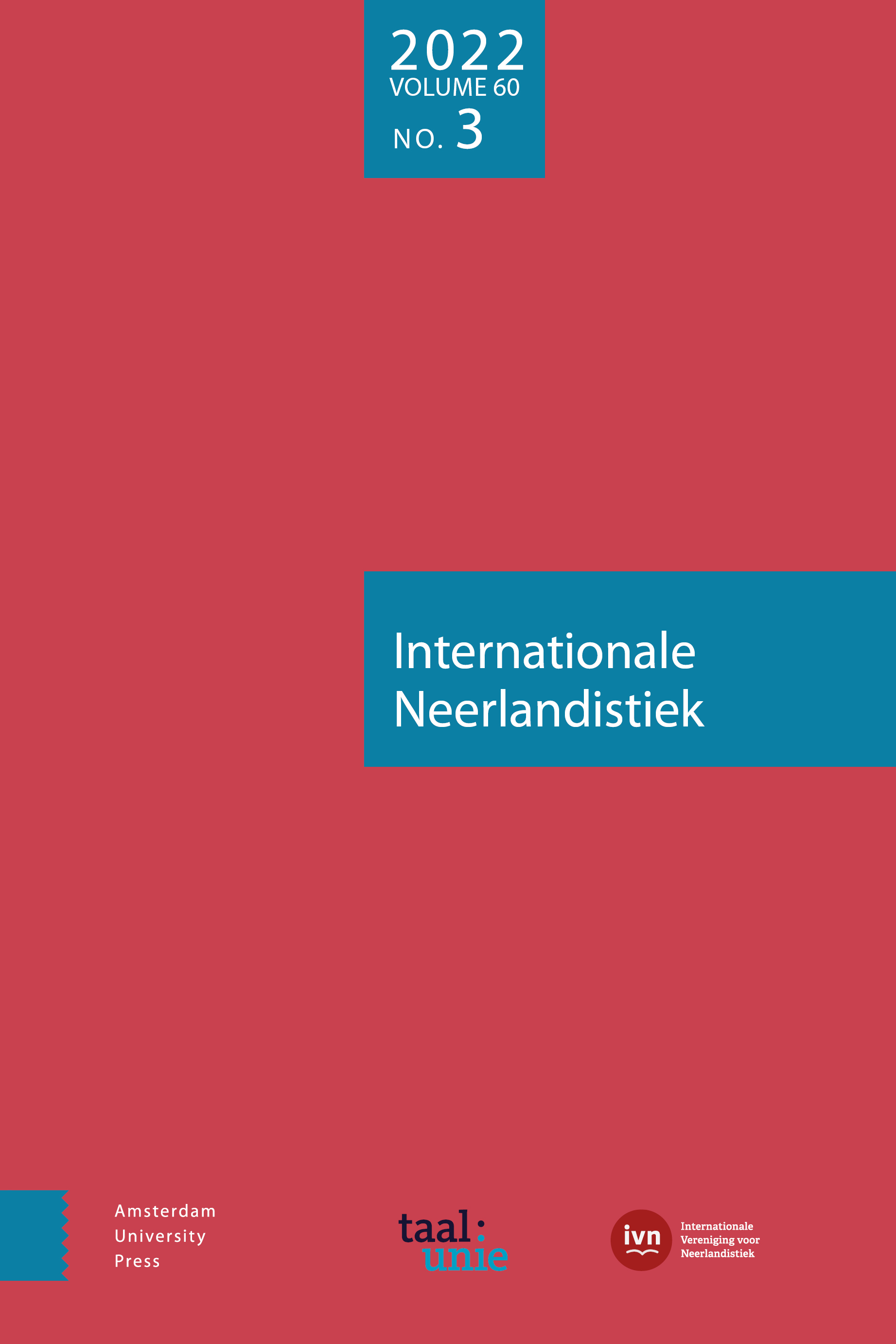-
oa Taalcontact tussen het Nederlands en andere talen in de Indische archipel in de zeventiende eeuw
- Amsterdam University Press
- Source: Internationale Neerlandistiek, Volume 60, Issue 3, Dec 2022, p. 255 - 277
-
- 01 Dec 2022
- Previous Article
- Table of Contents
- Next Article
Abstract
As is well known, Dutch-speaking merchants, officials and leaders were active in the Indonesian archipelago from the end of the sixteenth century. This article explores language contact between Dutch and other languages in the seventeenth century in the Indonesian archipelago and how the arrival of Dutch to some extent transformed the language environment there. It investigates this language contact using language processes, including language acquisition, language competition, translation and code switching, as an analytical tool. First, it describes who learned Dutch and how they did it. It then examines how Dutch speakers learned other languages and examines early word lists and grammars, which were compiled to simplify and assist language learning. The article then discusses the languages with which Dutch came into contact. Among these were several Austronesian languages, such as Malay and Javanese, as well as languages from other language families, such as Sinitic varieties and other Indo-European languages, especially Portuguese. To a greater or lesser extent, there was language competition between Dutch and these other languages. Peter Burke describes this as ‘the struggle for the centre [involving] attempts to marginalize rivals’. Another consequence of this contact was translation. Therefore, this article explores the first attempts at translating texts from Dutch. In short, using language processes, this article attempts to explore and analyze the consequences of the first century of contact between Dutch and other languages in the Indonesian archipelago.


